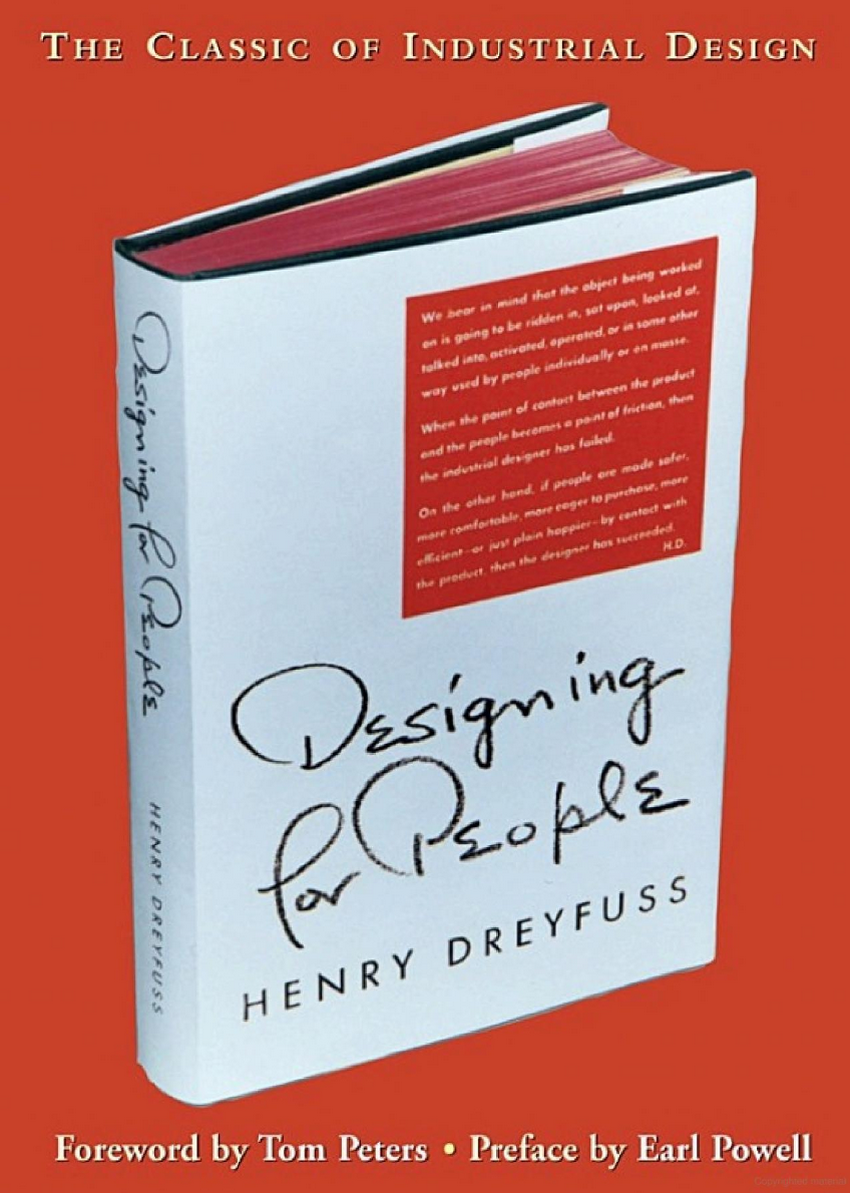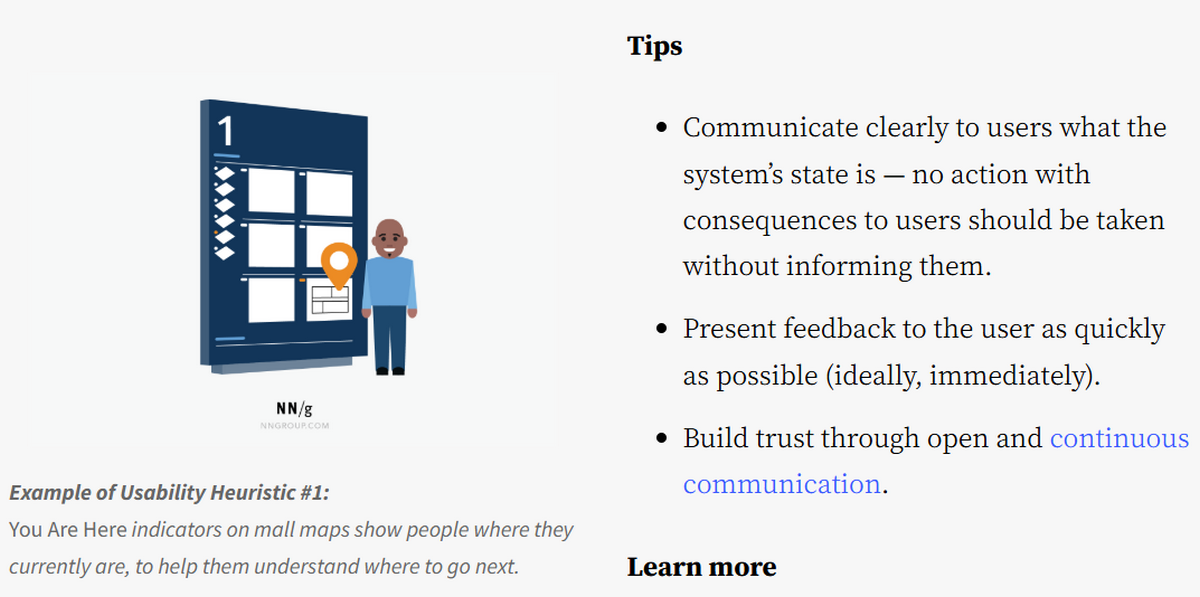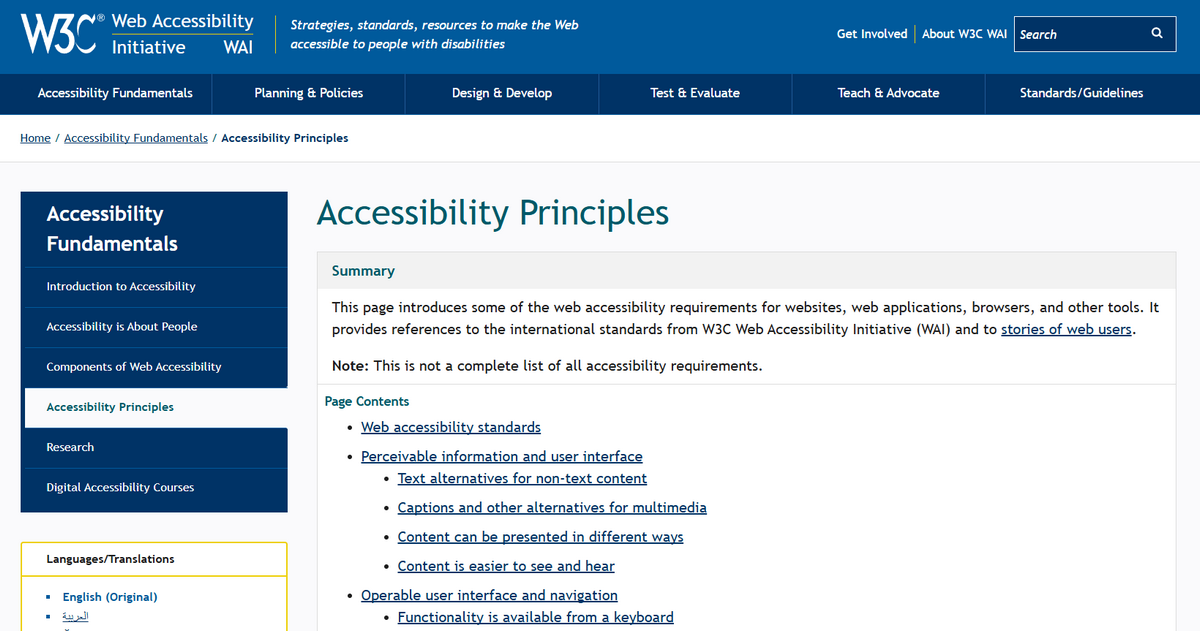User experience is a multidisciplinary field that represents users' assessment of the interface, product, or system based on their interaction with it at a specific touchpoint or production cycle. It encompasses a wide range of elements, including ease of use, navigability, meaningfulness, accessibility, interactivity, visual design, the value of the message, functionality, perceptions of the product or brand, first and last impressions, and overall emotional impact.
As a complex umbrella term, UX becomes essential not only for regular website or application visitors but also for business owners, who strive to build a strong client base to stay afloat. A well-thought-out user experience directly impacts the way customers feel about the product and brand: it produces a positive, long-lasting impression, increases satisfaction, drives engagement, and improves customer retention. It generates much-needed conversions, leads, and revenue, and reinforces customer relationships.
User experience is a cornerstone of a company's successful presence; therefore, it is crucial to take it seriously. It is not enough to follow the core principles and adopt the best practices; it is also essential to understand its evolution, as its colorful history provides a fundamental understanding of users' behavior patterns and holistic approaches.
Before we explore the history of UX design, we will briefly outline its core principles, which guide designers and developers today in organizing and structuring data in a way that elicits a positive response from the audience.
Core Principles of UX Design
It takes a lot to get user experience right and aligned with the brand and the customer's preferences and expectations, as many variables are involved. To make the right decision and center your solution around the client, you need to know the ins and outs of user-centric philosophy. Here are the five pillars of good UX design.
User-focused ideology
The first core principle of effective UX design is to create a user-centric interface. The design or product must solve the user's problem. It is crucial to understand that you are not your user – you need to get into their shoes and understand their pain points, goals, preferences, expectations, and mental models. Researching what customers need right now should provide you with crucial insights on building a human interface, functionality, interactivity, and message delivery.
Accessibility
The second fundamental principle of well-thought-out UX design is accessibility. Accessibility is not just an ethical consideration, nor is it about striking an optimal contrast or providing images with alt text. It is the foundation of all modern web and mobile interfaces, caring for people regardless of their impairments or disabilities. It enables equal participation in the interaction across multiple communication channels, enhancing user experience, reducing cognitive load, and increasing satisfaction.
Usability
Usability measures how easy it is to use and understand the product. It sounds simple, but it is crucial in creating a productive user experience. As a concept, it strives to reduce frustration, errors, and confusion and ensure easier task completion, increasing engagement, retention, and satisfaction with the product and brand. It also enhances learnability through consistent UX design and navigation efficiency.
Consistency
Consistency lies at the core of a successful company's existence across directions: marketing, advertising, and branding, with user experience being no exception. The fundamental principle ensures a minimal learning curve and efficient task completion by eliminating potential navigation errors, confusion, and information overload. It improves engagement and reinforces brand trust and credibility.
Emotional design
Emotional design has become the talk of the town, as it meets current users' demands and expectations for a positive interaction with the product. As a key principle of effective UX design, this aspect is responsible for meaningful interaction that brings home not only the key message and value proposition but, most importantly, emotions that reinforce the connection with the brand, leaving a powerful, long-lasting effect.
Behavior-driven design
Behavior-driven design is integral to a user-centric philosophy that underlies every well-thought-out user experience. This practice implies a thorough understanding of the target audience's actions, reactions, and emotional responses during interactions with the interface. It provides business owners with helpful insights on speaking with the users in the same language and addressing their pain points by minimizing ambiguity, confusion, and overwhelm.

Essential UX Design Principles
History of UX Design: Key Milestones
User experience is a relatively young yet popular discipline. It already has several key milestones and rounds of evolution. Starting as a simple trend of optimizing the relationship between humans and their tools, it has grown into a cornerstone of customer experience across disciplines, keeping pace with shifting technologies and ever-changing human needs and expectations. Knowing its origins, mistakes, and lessons helps us understand the factors shaping modern demands for interaction, usability, accessibility, and emotional response.
Early roots: ergonomics & industrial design
In the most primitive form, user experience is traced back to Ancient Greece and Hippocrates, one of the most outstanding figures in the history of medicine, who described and promoted the comfortable workplace for a surgeon.
A few thousand years later, in the early 20th century, Frederick Winslow Taylor (American mechanical engineer), Henry Dreyfuss (American industrial designer), and Donald Norman (American researcher) started the new era of the user experience. They all wrote exceptional works that pushed UX to the next level and influenced the workplace and products' industrial design and ergonomic principles. In short, Frederick Winslow Taylor wrote "The Principles of Scientific Management," in which he promoted systematic management as the solution to inefficiency. He also supported the management theory called Taylorism, which is focused on improving workplace efficiency and productivity through the analysis of tasks and processes.
Henry Dreyfuss wrote "Designing for People," where he illustrated his ethical and aesthetic principles in the workplace and product design. He presented the first viable principles for improving the usability of several iconic consumer products, such as the vacuum cleaner and the typewriter.
Donald Norman wrote "The Design of Everyday Things", where he explored principles of human centered design. He also published "Emotional Design," "Living with Complexity," and "The Design of Future Things". As a talented researcher and engineer, he highlighted the importance of understanding human behavior, perception, psychology, and emotions in the design process. He was also the one who coined the term "user experience design".
Another key figure of that period was Toyota. In the 1940s, the team developed the first-ever human-centered production system to create the optimal working environment. It was based on observing how humans interact with machines and driven by respect for people.
Human-computer interaction era (1970s–1980s)
Several key industrial giants, such as Apple and Xerox, significantly contributed to the next round of UX evolution. The rise of HCI and personal computers did not go unnoticed in the market, but in ergonomics, usability, and user experience. Developers, designers, and even psychologists worked together to create products that addressed customers' pain points and, most importantly, provided them with a comfortable environment to complete basic tasks, work, and even relax.
Xerox's Palo Alto Research Center was one of the leading innovation centers in the 1970s and 1980s. Starting the revolution, it pioneered exceptional computer technology-related innovations like the graphical user interface, the WYSIWYG modal text editor, computer-generated bitmap graphics, and the mouse.
They provided a relatively comfortable navigation and functionality, putting customer experience at the forefront. Their enormous success was caused by intensive research and experiments involving engineers and psychologists who analyzed users' behavior patterns during their interactions with the computers.
Another key figure that dramatically influenced user experience was Apple. Steve Jobs, the late co-founder, prioritized simplicity and intuitiveness in the company's products, compelling engineers to create human-centric designs and a comfortable environment so users could get everything they needed with minimal effort. They introduced clean interfaces, meaningful visuals, and consistent design language that minimized the learning curve and produced a comfortable user interface inside the technically advanced system.
Working with Donald Norman, the company has remained at the forefront of the field since then by sticking to the ideology and user-centric solutions in all its products, starting with the first Macintosh and ending with the iWatch.
Usability takes center stage (1990s)
The early 90s saw the birth of industry goliaths like Google, Amazon, and YouTube, without which we could not imagine our everyday lives now, and a new round in user experience.
First and foremost, Donald Norman coined the term "user experience" and became the first-ever User Experience Architect. Working at Apple, this famous American cognitive scientist and UX pioneer wrote many exceptional books, shaping the field. For instance, his "Psychology of Everyday Things," also known as "The Design of Everyday Things," continues to be a UX design staple. It draws attention to affordances, mapping, signifiers, good conceptual models, feedback, and constraints.
Second, in 1990, Rolf Molich and Jakob Nielsen introduced ten usability heuristics for designing user interfaces. Starting with user control and ending with adding instructions, they pushed the field toward usability and user testing. Both these talented engineers motivated developers and designers to create user-friendly systems based on the best practices and real insights gathered from tests, surveys, and research.
Third, teams were encouraged to use UX testing methods. Heuristic Evaluation, Cognitive Walkthroughs, Feature Inspection, and User Testing for small iterative cycles were designed to help teams identify problems, inconsistencies, and weaknesses early in the design process, thereby providing them with the knowledge for improving user experience. Finally, John Brooke developed a ten-item attitude Likert scale with a global view of subjective usability assessments. It is still one of the best-known standardized usability rating scales.
Digital age transformation (2000s–Today)
As a recognized field, UX design started to gain significant traction in the early 2000s. This round of evolution had several key stages.
Formal usability testing methods became widely adopted by multiple teams across industries, niches, and products. While some companies established usability labs for their experiments, others explored Jakob Nielsen's heuristic standards and integrated his user-centered design principles.
Common Industry Format (CIF) for reporting testing results was developed as testing methods continued to evolve due to technical advancements and global adoption. Paper prototyping and remote testing became popular methods, making the standardization of usability testing crucial for ensuring efficiency in the field.
The expansion of testing into new areas. Usability has become "real", motivating engineers, dev teams, and UX designers to exploit its potential across various channels and products. Cell phones came into focus as the mobile web saw exponential growth in those days.
The Internet's First Rulebook for Inclusion was introduced in 1999, marking the new era of close connection between accessibility and usability. Tim Berners-Lee and W3C released the list of 14 guidelines and 65 checkpoints for designing systems usable by everyone, including people with disabilities.
New tools and methods emerged, starting with Remote Testing and ending with UX writing and Hallway Testing. Brands have a wide range of instruments for building holistic interfaces.
Today, with Artificial Intelligence and virtual reality gaining momentum, user experience is seeing an unprecedented upsurge in popularity and demand as more companies recognize its importance in building strong brands. A well-designed UX directly impacts users' loyalty, conversions, and revenue. As a ranking factor in Google, it fuels digital visibility, organic traffic, and a brand's reputation.
To unlock its potential, it is crucial to work with a professional UX design agency. The field is multidisciplinary, with a vibrant history and evolving tools that demand a holistic expert approach.
Conclusion
User experience is a cornerstone of a successful company's market presence. It ensures customer satisfaction with the interface, product, and brand, increasing engagement, retention, revenue, and client base.
As a multidisciplinary field, it takes a lot to get it right and unlock its true potential. Apart from adapting its core principle and following the trends, it is crucial to know UX history as it provides valuable lessons and, most importantly, a necessary understanding of how interaction with the target audience was shaped. This knowledge offers real insights into how to build user experiences across interaction points based on behavior patterns, expectations, preferences, emotions, and mentality.
Aug 20, 2025




